Metal Grating
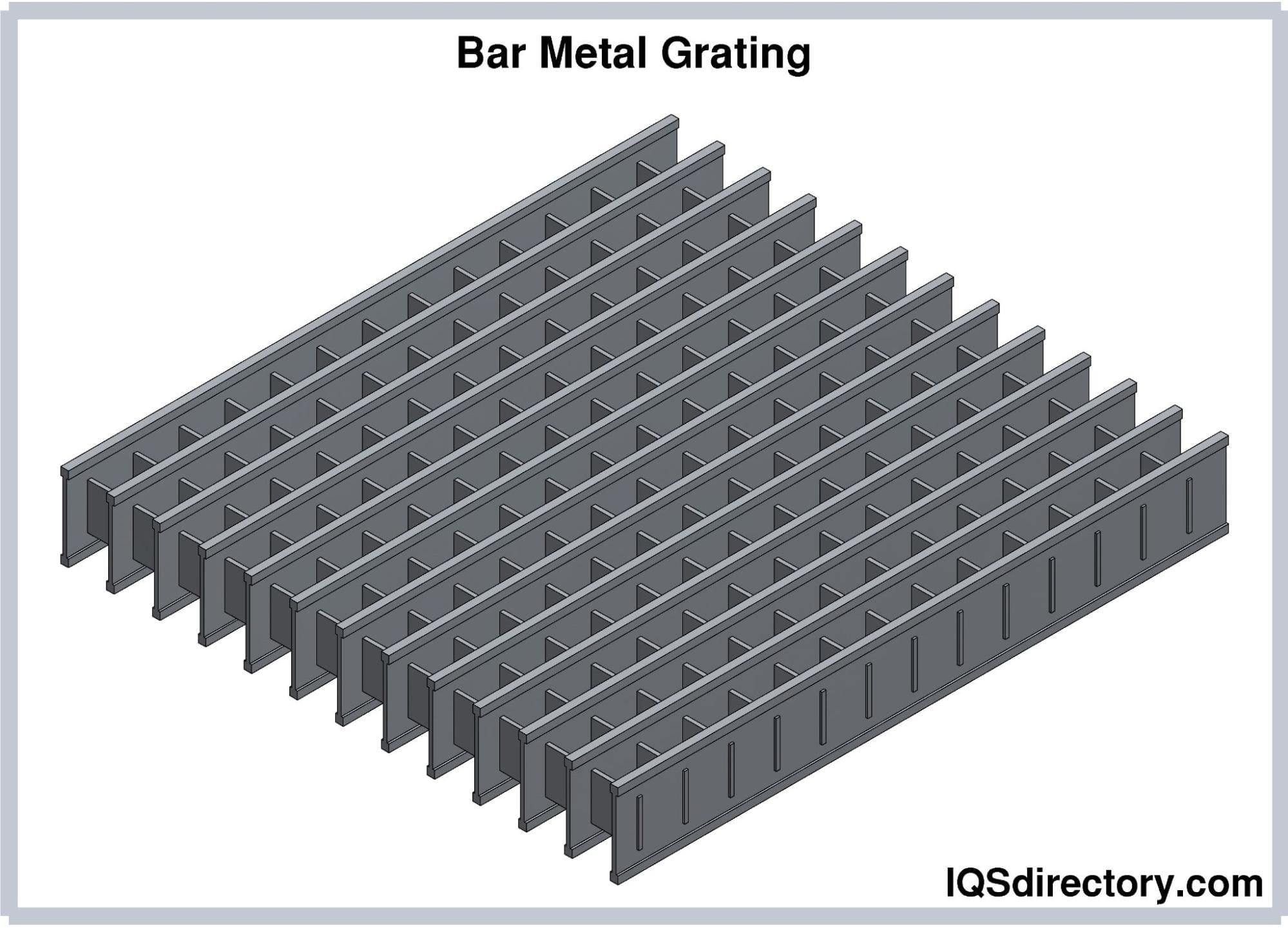
Metal grating is a metal product produced by perforating metal sheets or joining bars of metal to form a grid. They are a metal product that is widely used in various industries as...
Please fill out the following form to submit a Request for Quote to any of the following companies listed on
This article will give an in-depth discussion on expanded metal.
The article will discuss topics such as:

Expanded metal is a specific form of sheet metal mesh that is produced by elongating a slitted sheet of ductile metal. The slits are strategically placed perpendicular to the direction of stretching, creating a mesh composed of multiple holes from the slitted sections.
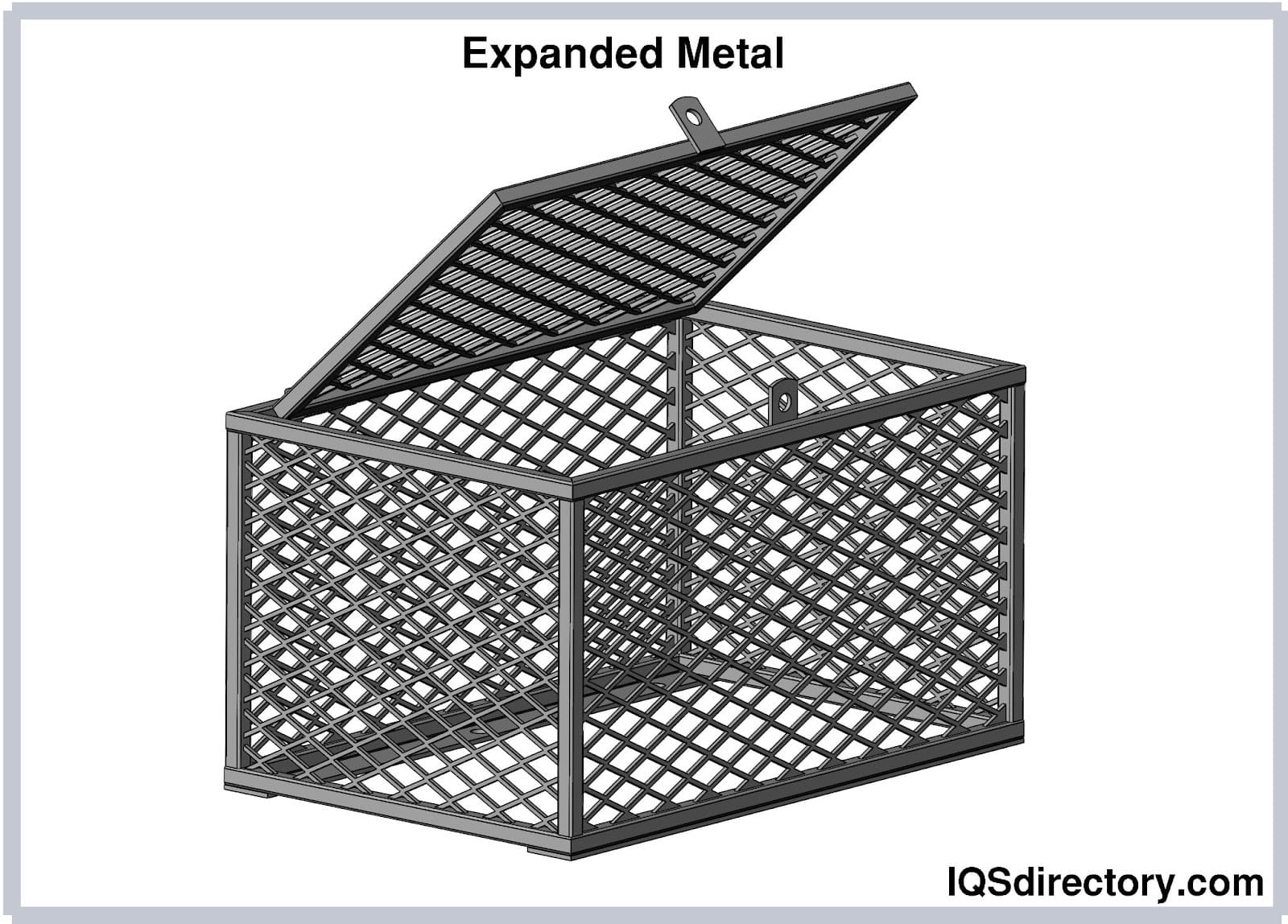
The concept behind expanded metal is grounded in the natural tendency of metals to expand and contract when exposed to varying conditions. This tendency is governed by the metal's atomic structure and inherent chemical properties, leading to the formation of expanded metal.
Expanded metal can be compared to and is often an alternative to other types, including:
Perforation involves the creation of holes within a sheet of metal. This leads to a (metal) perforated sheet. Many of the same sheets that are capable of being perforated can also undergo expansion. Perforation is essentially a subtractive method where the formation of holes leads to material loss, often considered waste. Unlike expanded metal, perforation typically doesn't involve stretching the metal sheet. Its benefits include the ability to produce tiny openings and drainage casings for various uses. It also allows for unique shapes, especially for decorative applications.
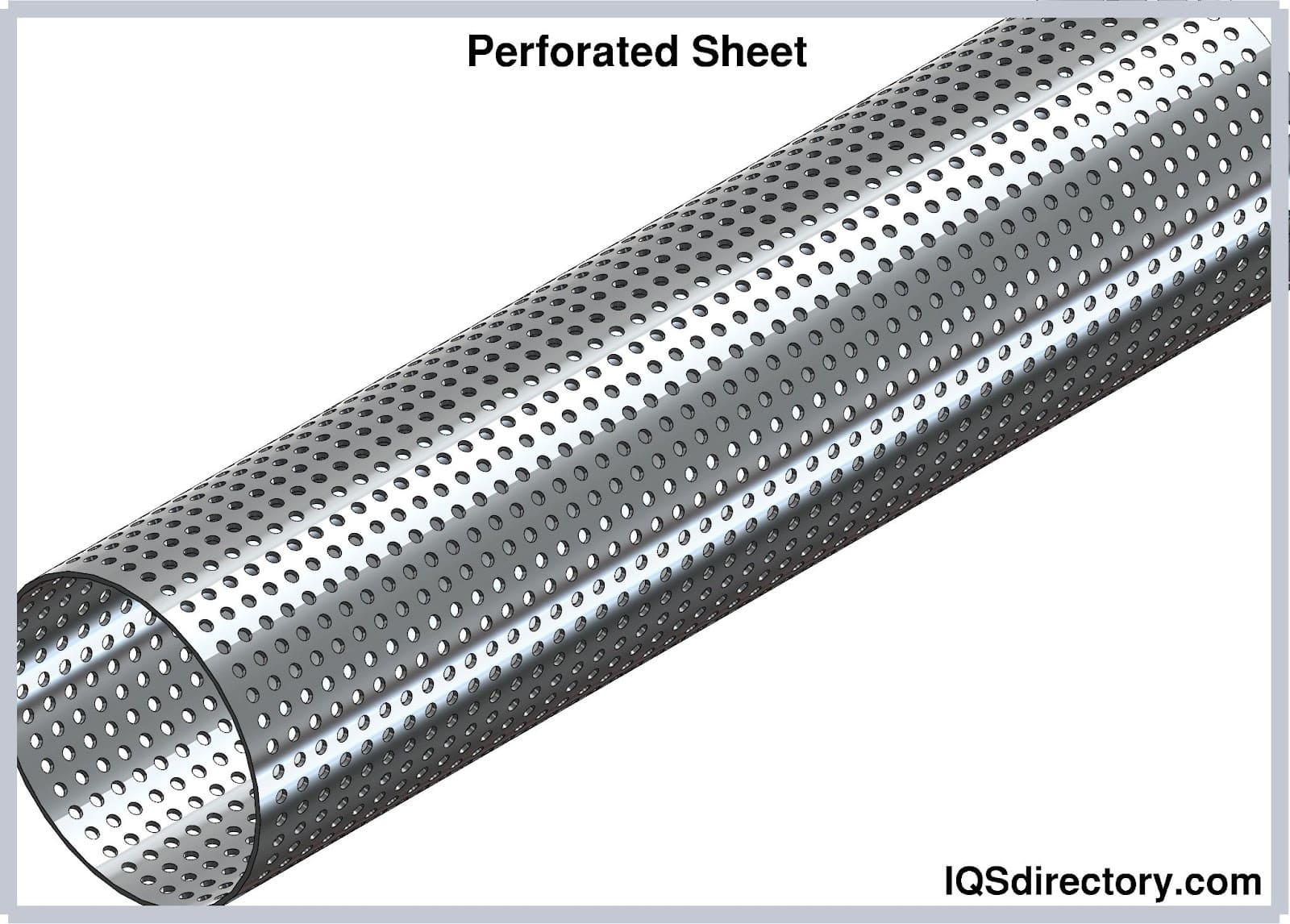
Perforated sheets are frequently utilized in the design of computer casing enclosures.
This technique involves interlacing metal wires much like weaving fabric threads. The integrity of the weave is maintained through friction and the wires' stiffness since no bonding occurs between the separate wires. Unsecured edges may unravel. Woven mesh is commonly used for sieving sand and related applications.
This mesh consists of two grids of parallel wires superimposed at 90-degree angles to one another, secured at each crossing point with welds. It is ideal for spanning large areas. Finely spaced meshes present production challenges due to the dense requirement of welds per unit area.
Welded mesh is often used to reinforce concrete structures and enhance their durability.
Expanded metal is manufactured from a wide range of metals that can be stretched and formed without fracturing, offering unique advantages for architectural, industrial, and structural applications. While virtually all malleable metals are candidates for expansion, only select types are commonly used in commercial and engineering contexts due to their performance characteristics, availability, and cost-effectiveness. The following section provides an overview of the primary material types used for expanded metal mesh, highlighting their properties, advantages, and most suitable use cases.
Historically, copper isn't typically the primary choice for structural applications, particularly when only structural factors are considered. Additionally, copper is relatively expensive, especially when assessed per unit volume. Volume is crucial as it affects the final size of the expanded metal sheet. The high density of copper is a disadvantage in applications where weight is a critical factor, such as in rigging.

Copper becomes relevant when factors beyond just structural concerns are important. These considerations include:
With its combination of electrical and thermal conductivity, corrosion resistance, and formability, copper expanded metal mesh offers a niche solution for projects requiring superior aesthetic and functional performance.
Aluminum has a wide range of structural applications due to its strength and lightweight nature. It is an effective conductor, which is why it's often used in overhead power lines.
Aluminum's malleability makes it easier to work with than steel (when cold), and its resistance to corrosion adds to its advantages. With a high melting point and excellent thermal reflectivity, aluminum is well-suited for high-temperature environments.
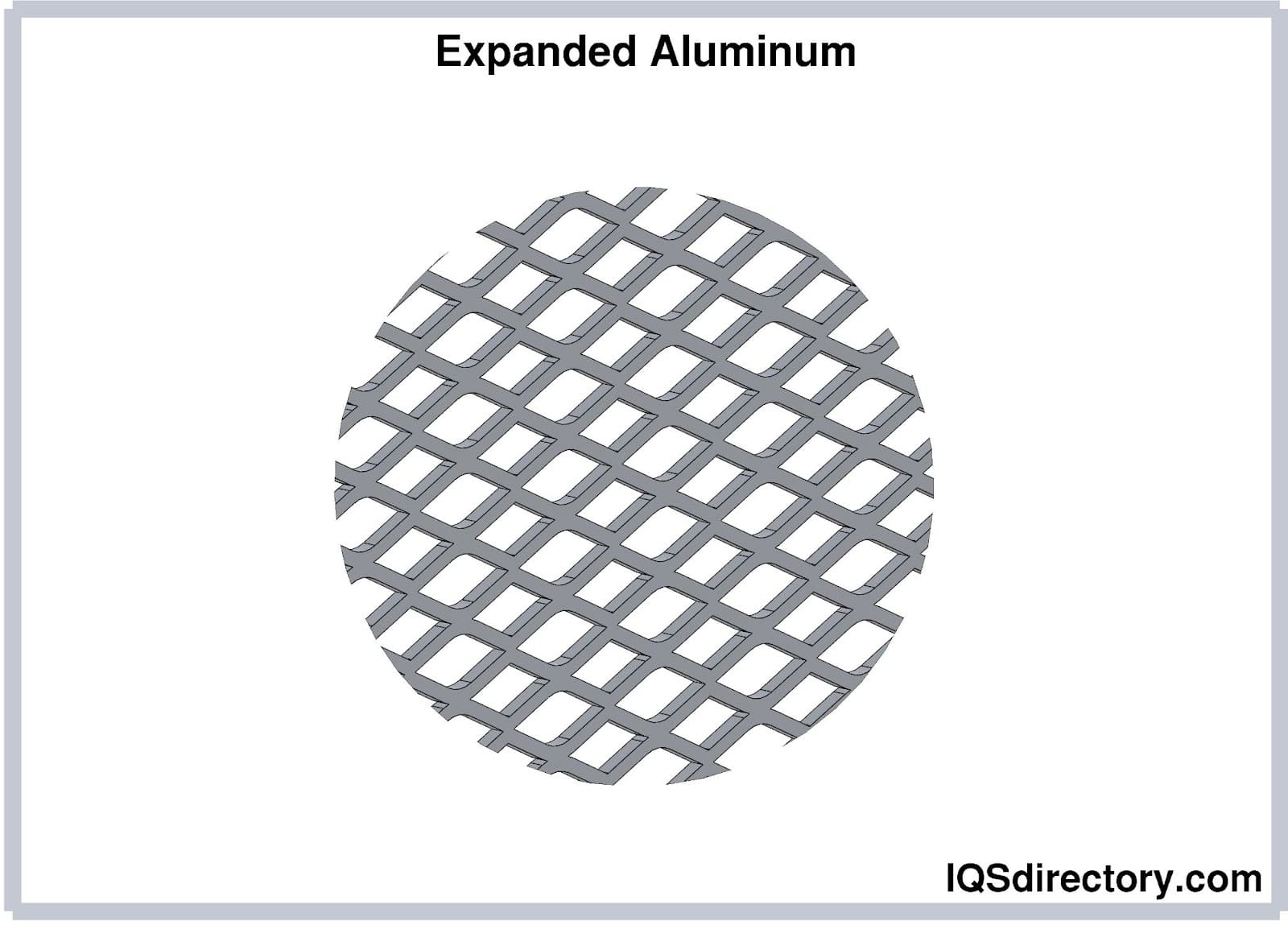
Expanded aluminum mesh is highly valued in both industrial and architectural contexts, offering an optimal balance of durability and low weight. Its properties include:
Its combination of strength-to-weight ratio, corrosion resistance, and adaptability positions expanded aluminum mesh as a top choice in industries such as construction, transportation, filtration, and electrical components.
Steel is the most widely used structural metal, known for its exceptional strength compared to other metals listed here, provided it remains free from corrosion. Steel expanded metal sheet is highly versatile, lending itself to applications in security, heavy-duty fencing, industrial flooring, machine guards, and architectural facades. Steel comes in several main types for expanded mesh applications:
This provides a robust and economical solution. It is commonly coated with molten zinc through a hot-dipping process for galvanization. Galvanized expanded mild steel delivers excellent cost-effectiveness, strength, and corrosion resistance, making it an ideal material for perimeter fencing, grating, catwalks, platforms, and non-slip walkways in warehouses and factories.
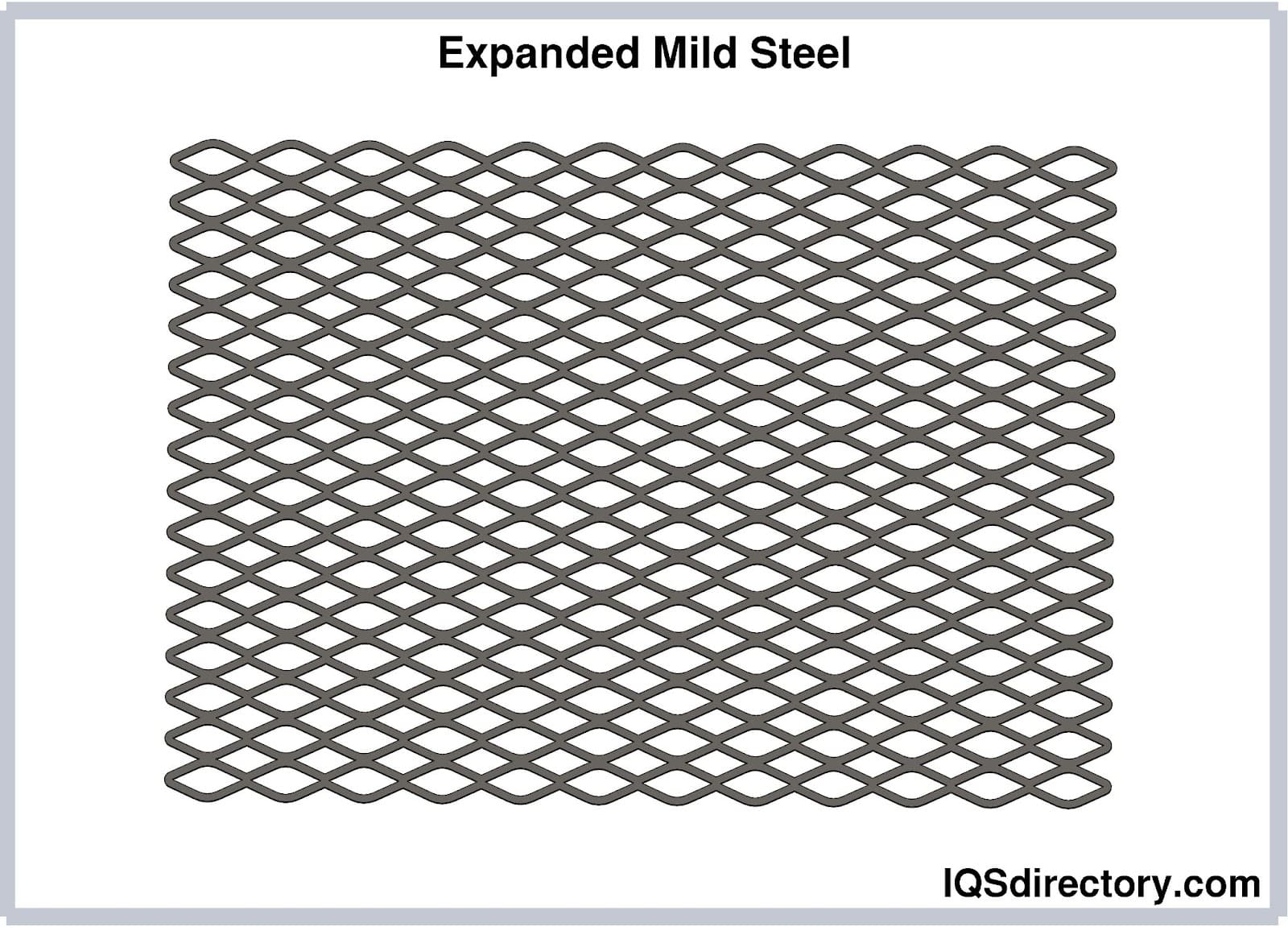
This expanded metal sheet is made from higher gauge metal sheets, typically crafted from mild steel. Expanded metal grating is used in heavy-duty settings, including industrial flooring, security panels, and machine platforms requiring high load-bearing capacity and slip resistance. It is often chosen as an alternative to welded grating for enhanced strength and efficient weight distribution.
Stainless steel offers greater resistance to corrosion compared to mild steel and is more effective in high-temperature environments. Stainless steel expanded metal mesh is commonly used in settings requiring both superior hygiene and resilience, such as food processing, pharmaceutical plants, architectural cladding, and chemical filtration systems.
Key benefits include:
Choosing the proper material for expanded metal panels, mesh, or grids largely depends on your application's requirements – from load-bearing capacity and environmental exposure to visibility, security, and decorative needs. To ensure the best value, evaluate each metal's properties in the context of your project's performance and budget constraints.
The production of expanded metal is a precise, multi-stage process that transforms solid sheet metal into versatile, mesh-like products widely used across construction, industrial, architectural, and security applications. Understanding these manufacturing steps is essential for those seeking reliable, high-quality expanded metal mesh for custom projects or industrial purposes. Below, we outline each key stage of the expanded metal manufacturing process, highlighting important material characteristics, dimensional factors, industrial procedures, and quality considerations.
The initial step in producing expanded metal is the careful selection of appropriate sheet metal materials. This choice is crucial, as the base material determines the finished expanded metal's performance, durability, lifespan, and suitability for a specific application or environment—such as walkway grating, security fencing, filtration screens, architectural cladding, or decorative panels.
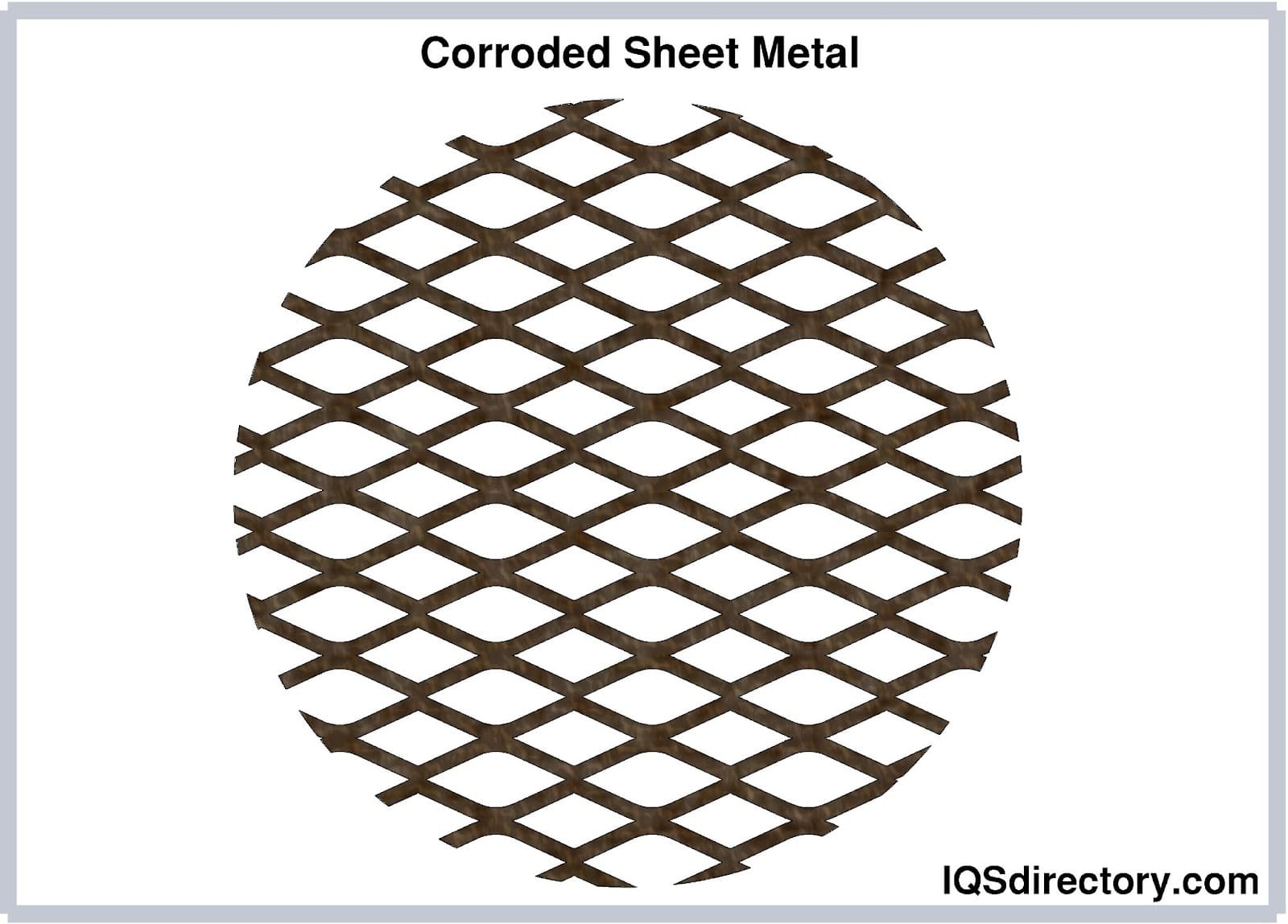
When selecting the metal, manufacturers assess the following key properties—each of which impacts the mesh's intended function and resistance to wear:
In addition to the metal’s chemical and structural properties, accurate dimensional specifications—such as thickness, width, and length—are crucial to achieving the desired expanded metal size, pattern, and mesh type.
Before manufacturing begins, the dimensions of the raw metal sheet must be clearly defined. These physical properties influence the mesh’s final performance, layout options, pattern repeat, and cost efficiency. Core dimensional aspects of expanded metal sheets include:
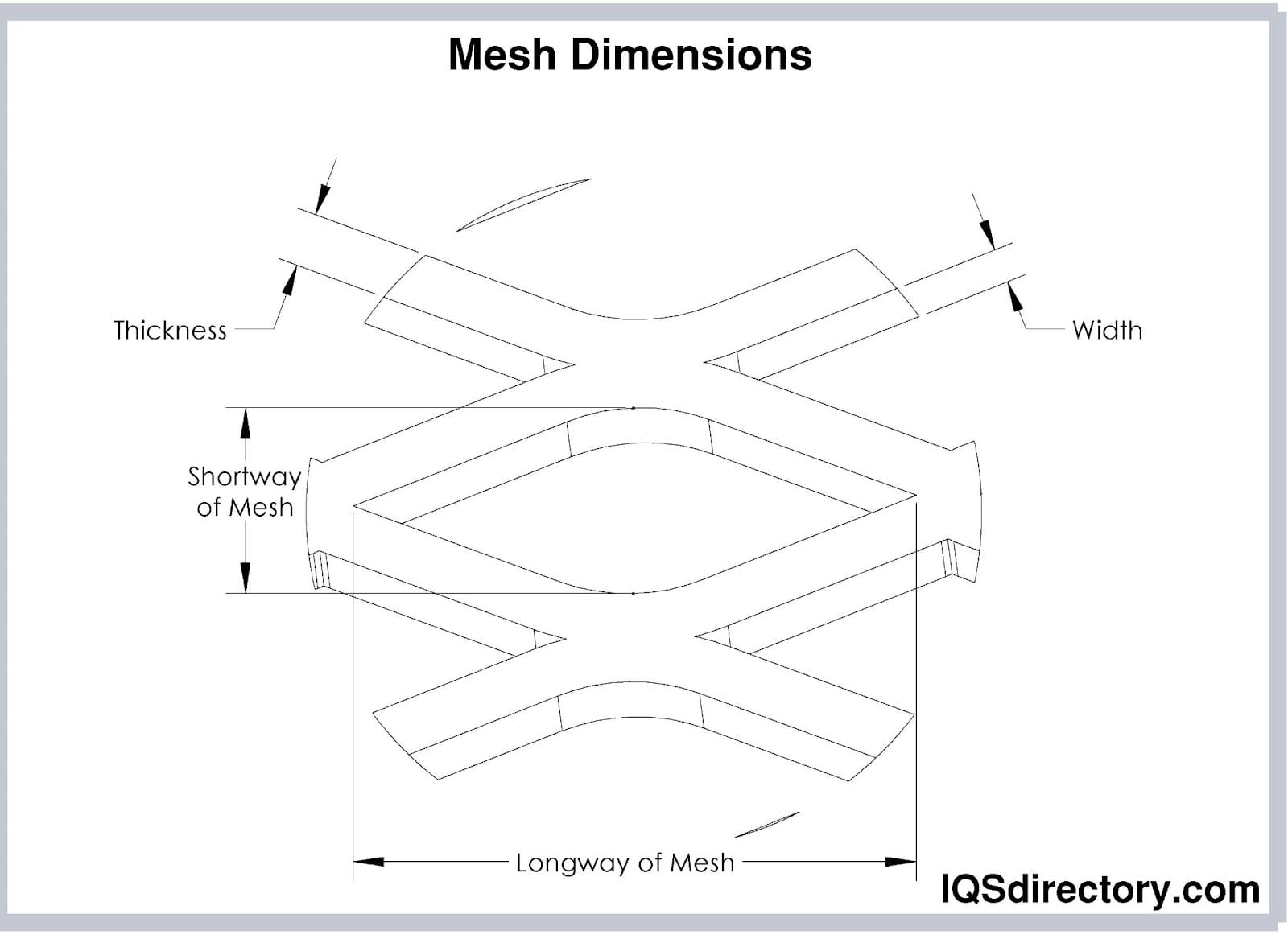
These dimensional variables are crucial not only for creating the correct expanded mesh geometry, but also for optimizing manufacturing efficiency, reducing waste, and customizing the product for diverse uses—from anti-slip walkways and machine guards to architectural facades.
The core process in expanded metal manufacturing involves simultaneous slitting and stretching. The sheet metal passes through a specialized press and die system, which cuts a precisely engineered pattern of slits and then stretches the material to form the characteristic mesh structure without wasteful scrap (unlike perforated metal). This step sets the final size and shape of each opening, producing a strong and continuous mesh sheet.
Typically, a die first defines half a row across the sheet’s width. With each stroke, the die cuts and stretches the metal in one motion (producing the initial half row), then retracts before shifting for the next cut. The feed rate of the metal sheet and the movement of the die are carefully coordinated to produce uniform mesh or allow variation for custom expanded metal products.
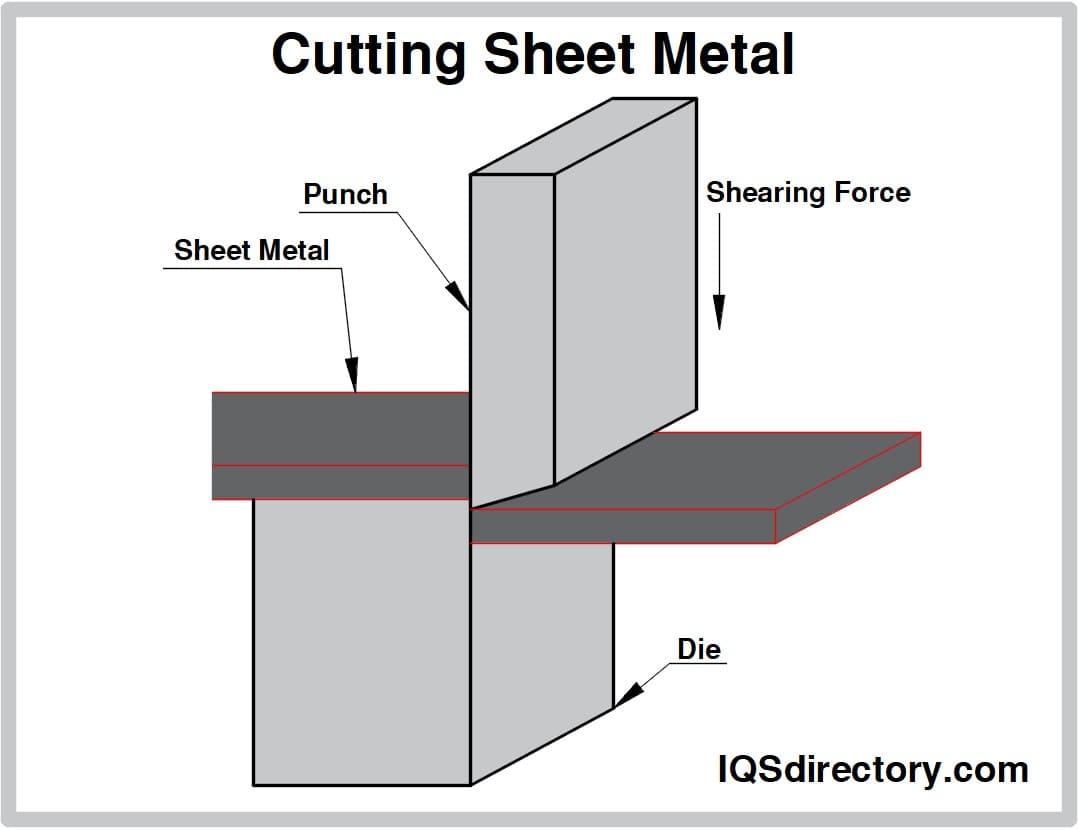
To ensure consistent and accurately shaped openings in the mesh, a single die may be used for standard configurations. For complex or mixed patterns, complementary dies alternate, enabling production of mixed or designer meshes.
This method yields an expanded metal sheet with a pronounced, elevated structure often referred to as standard expanded metal. This type is recognized for its strength-to-weight ratio and anti-slip qualities, making it ideal for industrial safety grating and security mesh installations.
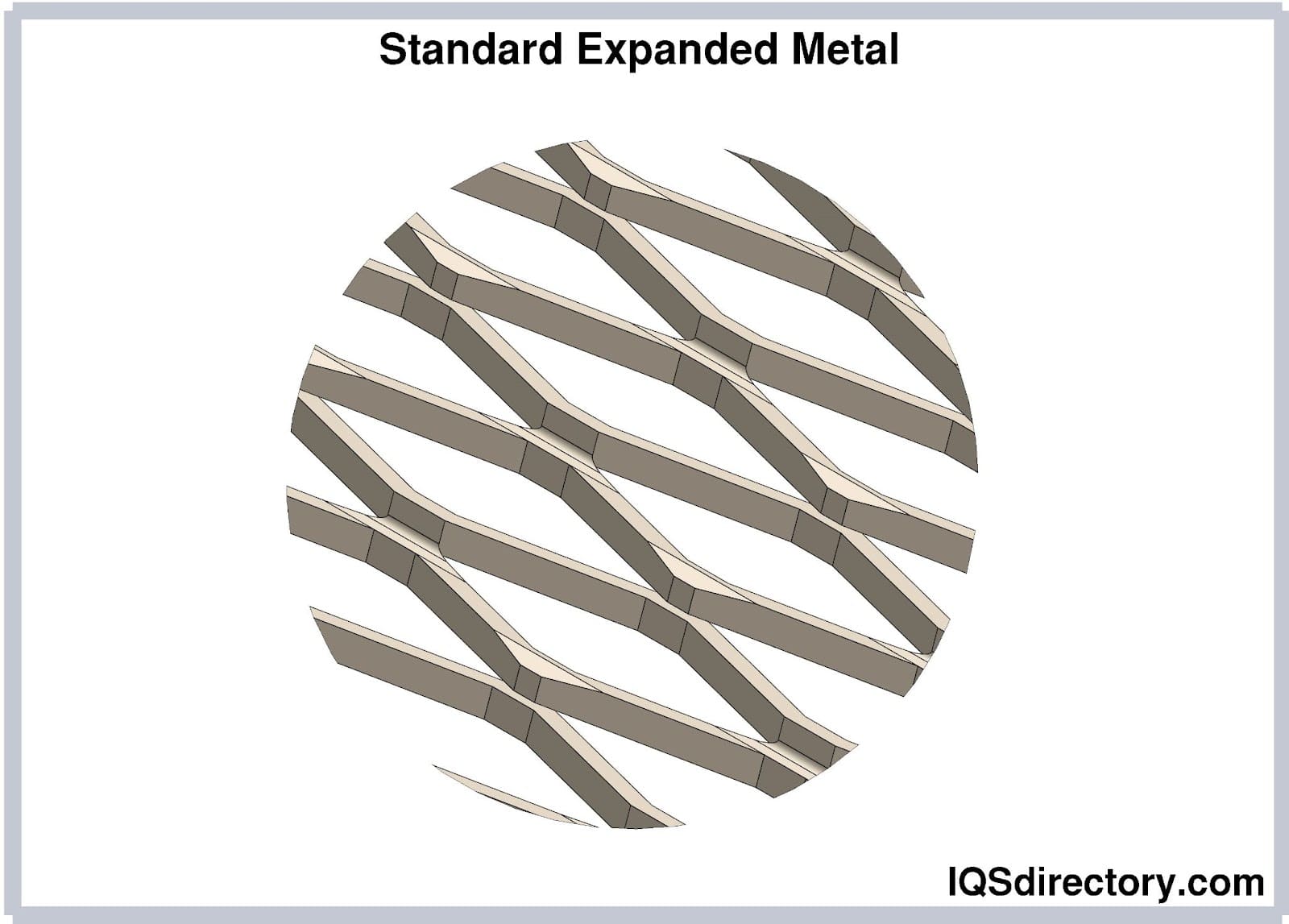
During production, coolants and lubricants are commonly used with expansion presses. These residues may aid in corrosion prevention but must be removed if post-processing (such as powder coating, painting, or galvanizing expanded metal) is required for aesthetic or corrosion resistance in harsh environments. Removal is generally achieved with specialized detergents or solvent cleaning.
This process minimizes waste and allows the creation of both lightweight and heavy-duty expanded metal products with tailored mechanical properties.
Diamond shape: This standard expanded metal pattern is widely used for its effective balance of strength, ventilation, and visual appeal. Diamond mesh is the industry norm for platforms, security panels, and fencing.
Hexagonal shape: Popular in applications that require additional rigidity or unique aesthetics, hexagonal openings are created by modifying the direction of expansion. These are commonly chosen for architectural and filtration products but require advanced tooling and greater production control.
Square shape: Achieved when the mesh’s diagonals are of equal length, square expanded metal provides uniformity and is frequently used for machine guards, shelving, and decorative grilles.
Louvered: A specialized pattern where sections are bent or pressed to alter airflow, sun shading, or drainage characteristics. Louvered expanded metal is often used for ventilation covers, screens, and sun-shading facades.
Decorative: Custom shapes—such as circles, ovals, or branded motifs—may be produced for artistic, signage, or specialty architectural expanded metal designs that meet unique visual and functional requirements.
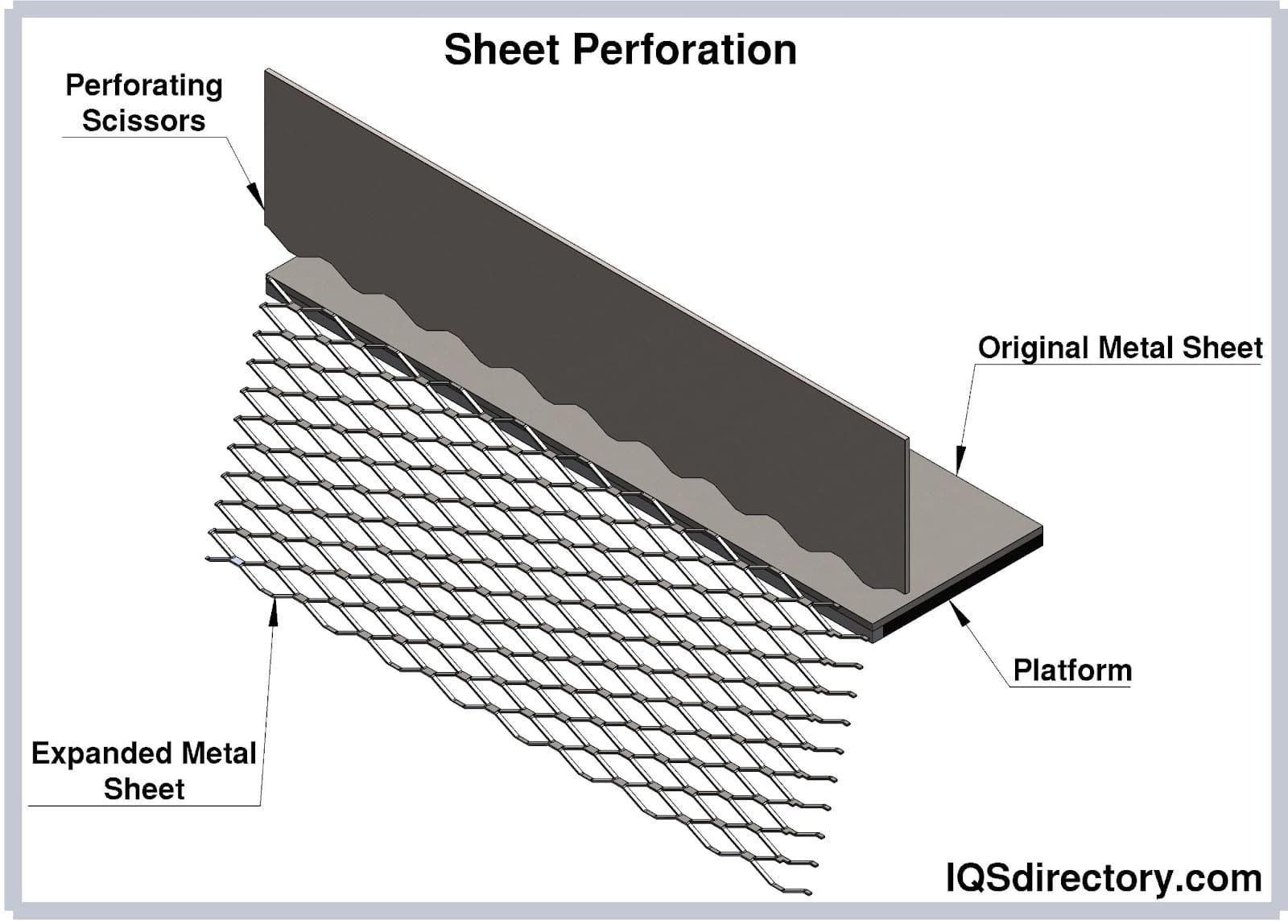
Strand thickness, or the width of the metal remaining between the cuts, is a key design feature of expanded metal mesh. It determines the percentage of open area (critical for airflow, visibility, or filtration), mesh rigidity, and structural load capacity. Adjusting the feed rate during extrusion modifies strand thickness, allowing manufacturers to balance strength-to-weight ratio and function based on client specifications.
In applications that require robust support—such as expanded steel grating or industrial mesh panels—a thicker strand may be specified. For lightweight screening or facade systems, thinner strands maximize openness and visibility. Strand thickness can even be varied within a single mesh sheet for customized solutions.
Flattening is a secondary process that delivers a smooth, planar surface to the expanded metal, removing the raised or ridged finish typical of standard expanded mesh straight from the machine. While the raised (standard) finish provides slip resistance and rigidity, some applications—such as architectural facades, ceiling panels, or parts requiring close contact with substrates—demand a smooth, flattened expanded metal finish.
This is achieved through a cold rolling process, compressing the mesh to reduce thickness, elongate the openings, and produce an even surface. Flattened expanded metal offers improved workability for forming, bending, or welding, and is commonly specified where aesthetics, safety, or mounting precision is critical.
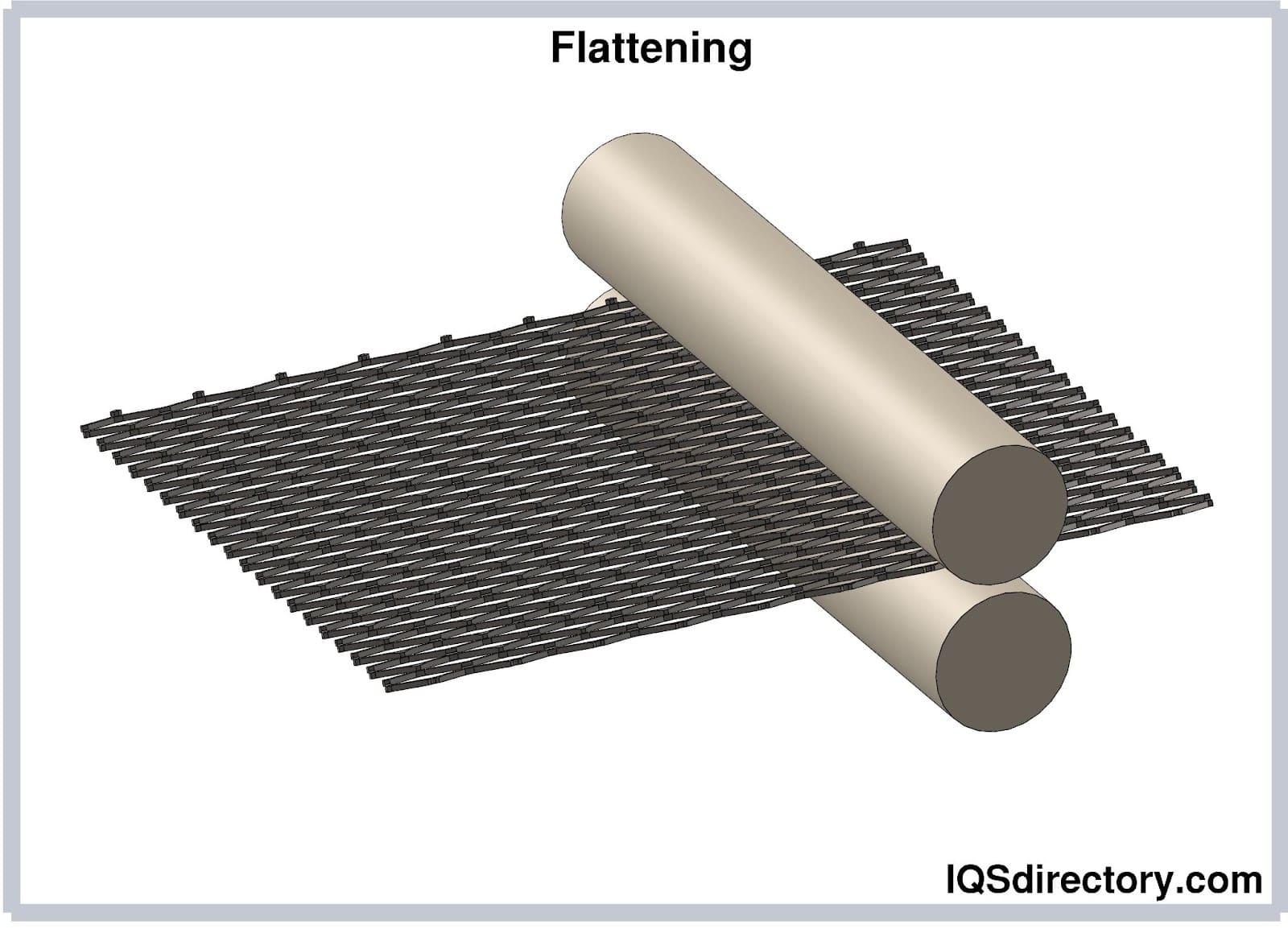
It’s important to note that flattening alters the dimensions of the openings, resulting in slightly elongated shapes compared to standard expanded metal mesh. This factor must be considered when specifying dimensions for final installation or further fabrication.
Metal leveling, while often paired with flattening, addresses a different aspect—the overall planar geometry of the finished expanded metal sheet. During production and handling, sheets may develop minor waves or buckles, which can hinder installation or reduce the mesh's functional accuracy. Leveling is a finishing process that ensures the sheet lies truly flat to industry tolerances.
An expanded metal sheet is considered properly leveled when measurable flatness deviations (such as warping or bowing) fall within acceptable manufacturing tolerances. While achieving absolute flatness may be difficult due to the properties of expanded mesh, quality control standards ensure that finished sheets are suitable for precise applications in construction, enclosure building, or machine guarding.
Overall, a thorough understanding of the expanded metal manufacturing process helps buyers, engineers, and specifiers make informed decisions regarding mesh size, strand thickness, opening style, and finishing options for any project requirement.
Expanded metal is created by slitting and stretching sheet metal, resulting in a mesh with multiple holes. This process uses a press and die to simultaneously cut and expand the sheet without generating waste, forming a strong, versatile mesh.
Common materials for expanded metal include copper, aluminum, mild steel, steel grating, and stainless steel. Material choice impacts strength, corrosion resistance, weight, electrical conductivity, and aesthetic appeal, tailored for different industrial, architectural, and structural uses.
Unlike perforated metal, which results in material waste, expanded metal stretches the sheet without loss. Woven mesh uses interlaced wires prone to unravelling at edges, while welded mesh consists of grids welded at intersections for added strength in large spans.
Key factors include the metal's rigidity, strength, corrosion resistance, thickness, mesh dimensions, strand thickness, and finish. These properties impact application suitability, load capacity, and visual requirements for each specific project.
Expanded metal mesh is used in security fencing, industrial flooring, walkways, machine guards, architectural cladding, sunshades, filtration systems, and decorative projects due to its strength, ventilation, and versatility of opening patterns.
Yes, materials like copper or stainless steel provide superior corrosion resistance, making them suitable for marine, coastal, or chemically reactive environments where durability against moisture is essential.
This chapter will cover the topics of surface finishing and shearing for expanded metal.
In many cases, expanded metal sheets are utilized directly as they come from the roller or stretching machine, with no further modifications.
However, for certain applications, additional surface finishing is necessary. These include:
Painting is often the most economical method for finishing expanded metal sheets. Paint can be used for aesthetic purposes or to provide corrosion protection. However, for effective corrosion resistance, the paint must be fully intact; any small gaps can allow corrosion to develop underneath the coating. Of the coatings mentioned, painting is the least expensive, offers the least corrosion protection, and requires the most frequent maintenance.
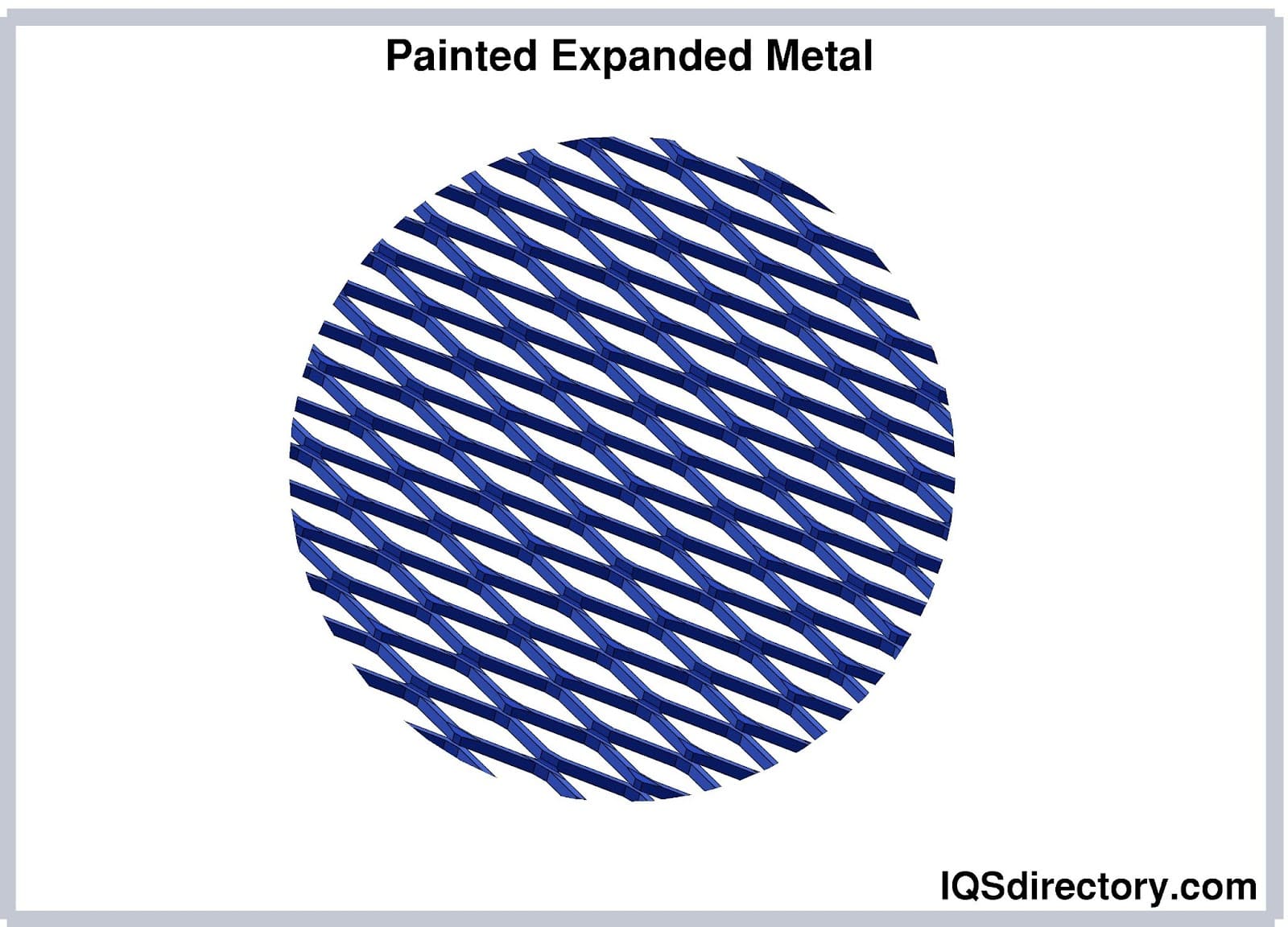
This method often provides results similar to painting, but uses plastic instead. It tends to be more durable than painting. Typically, a spray gun is used to apply the plastic powder, which is often electrostatically charged. The coated sheet is then heated to bond the plastic with the metal surface.
In the galvanizing process, the expanded metal sheet is immersed in molten zinc, which forms a protective zinc coating. This coating helps safeguard the mesh from corrosion. However, due to the high temperatures involved, this method has limitations on the dimensions of the expanded metal that can be galvanized. Very fine meshes are generally not suitable for galvanizing due to these constraints.
Anodizing is an electroplating technique where the expanded metal sheet is coated while being electrically charged. This process provides a more granular coating compared to other methods and ensures a stronger bond with the metal. Despite its effectiveness, anodizing is relatively expensive, both in terms of the plating material and the process itself. Its higher cost is a primary reason for its less frequent use.
Anodizing is usually common with iron-based metals (which are prone to corrosion). This process circumvents some of the dimension limits that arise from the galvanizing process since it can be carried out at much lower temperatures.
Shearing is the process used to cut expanded metal sheets to size. It involves trimming a larger sheet into smaller sections or altering its shape. Shearing is performed with shears, which are metal blades or mechanisms that operate similarly to scissors. Shears can be either manual or mechanized. When the blades come together on the expanded metal, they apply sufficient shear force to cut through the material.
Various types of shearing methods exist, which will be discussed in the following sections:
This involves shearing along the longer axis of the diamond pattern.
Bond shearing cuts the sheet precisely along the edge, resulting in closed shapes only on either side of the cut. This method aligns with the shapes of the pattern.
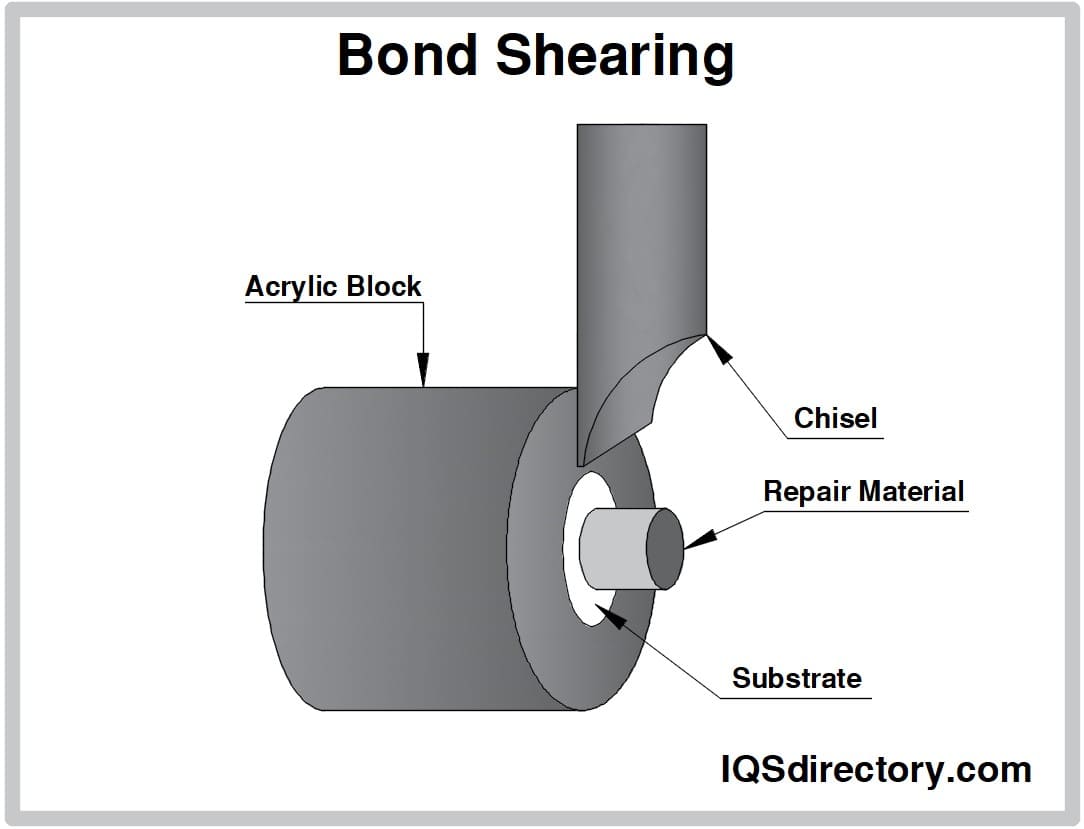
For raised expanded metal, bond shearing should be performed along the bonds between the rows.
Random shearing does not follow the shape edges, resulting in open shapes and irregular patterns at the edges. This method can leave sharp, spiked strands. To improve handling, expanded metal that has been randomly sheared should be U-edged or framed as an alternative.
U-edging involves applying a U-shaped metal strip to cover the edges of an expanded metal sheet.
This involves shearing with a line of symmetry on the expanded metal sheet.
This technique creates a matching section, ensuring the mesh pattern appears continuous.
This method shears along the shorter axis of the diamond shape.
This involves cutting across strands at locations other than the bonds.
Among expanded metal shapes, the diamond (hexagonal) pattern is the most common. Typically, the same shape and size of openings are used consistently throughout a sheet. The diamond shape features four-sided openings with strands meeting at the corners.
As the difference between the diagonals of the diamond shape decreases, it begins to approximate a square (geometrically, a square is a special type of diamond where the diagonals are equal). In such instances, the mesh is referred to as a square mesh.
The hexagon does not need to be regular, but the side length determines the dimensions and strength of the bonds.
Tolerances for expanded metals need to be adhered to for:
Typically, expanded metal should be free from:
Expanded metal can be produced with different tolerances, which will be described below.
This refers to the bow or curve in the sheet. It may not matter if the expanded metal sheets are to be rolled for packaging, but it can be problematic for applications needing a flatter material. This is particularly true for materials requiring higher rigidity, which could result in residual stresses in the structure.
Producing expanded sheet metal with no camper is quite rare. Therefore, tolerances are established for specific applications. If the camper falls outside the required tolerance, corrective measures are necessary; otherwise, the material can be used effectively.
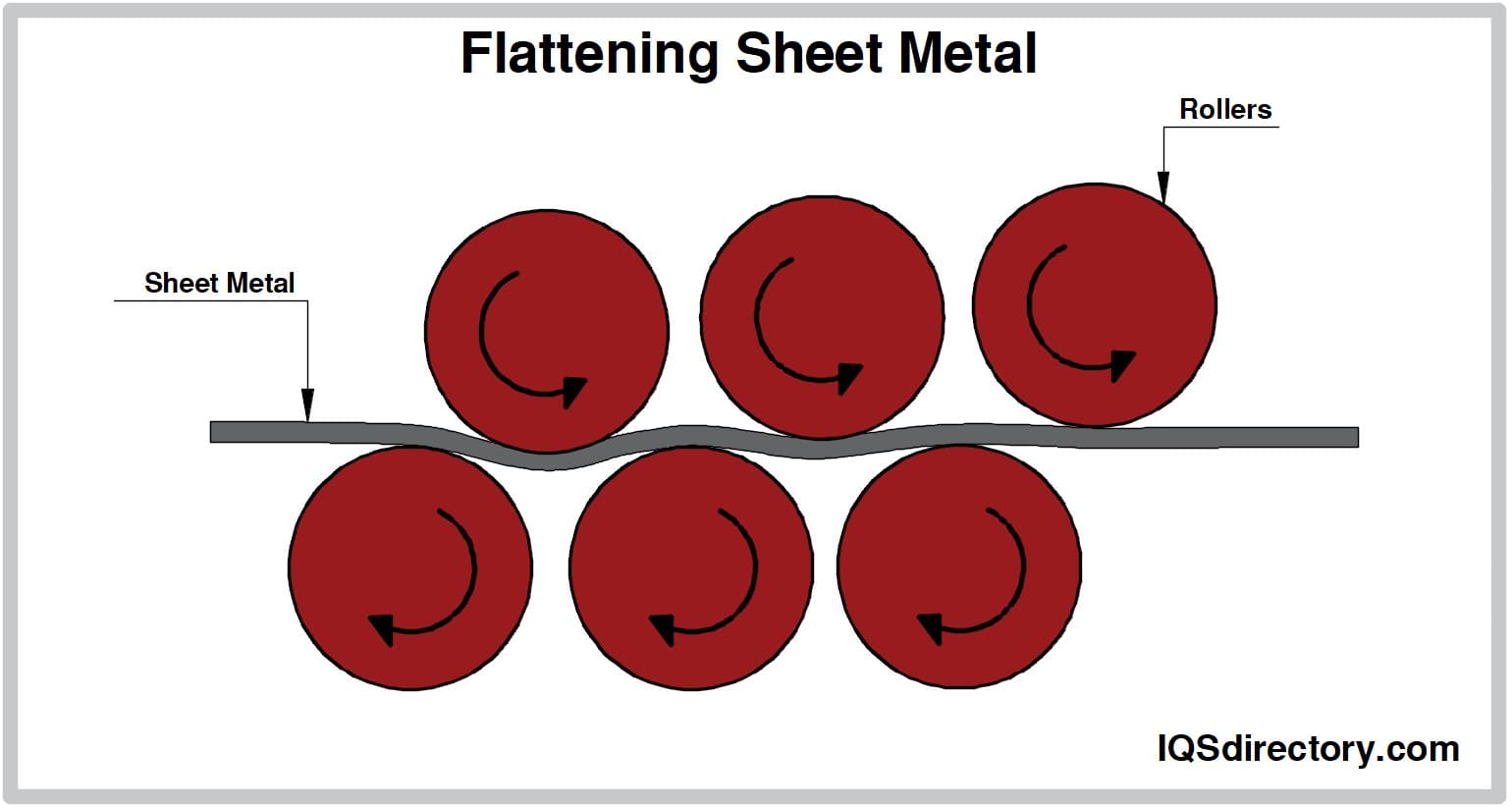
The curve typically forms along the edge in the direction of the feed during the cutting and stretching phase of the expanding process. Flattening, which often involves rolling, also addresses campers by removing or reducing them, along with waves and buckles, resulting in a more even product.
This refers to the property of having a rectangular or square shape, characterized by 90° angles and straight edges. In such geometry, the diagonals are equal.
Squareness is a planar characteristic, applicable to a single plane—the view from above when the sheet is laid flat. An expanded sheet can be square without meeting all other spatial and geometric requirements, such as being level. Conversely, issues like camper and buckles can affect the squareness of an expanded metal sheet.
Deviations from squareness often stem from the initial metal sheet, which is rarely perfectly square despite tight production tolerances, or from defects in the die used.
If the application permits, re-squaring can be achieved by random shearing the expanded metal sheet along specific lines. Border shearing generally does not correct squareness, and stretching the shorter diagonal often results in non-straight edges.
This feature is often crucial, especially when the expanded metal sheet has parallel opposite sides. Sheets that are perfectly square will always have parallel sides, but sheets with parallel sides are not always square (e.g., a parallelogram). Additionally, sheets without parallel sides can never be square. Deviations from parallelism may be caused by factors such as camper.
In certain applications, expanded metal may be intentionally made with non-parallel sides. For example, a die with varying "tooth" sizes across the sheet's width can create this effect from a square solid sheet. However, such applications are quite rare.
This refers to the deviation from having parallel sides, which becomes particularly noticeable when it is undesirable. A sheet with tapered sides cannot be considered square.
Often, expanded metal sheets require additional processing after they come out of the expanding machine. This may include cutting, bending, welding, bracing, and other modifications. Customization work is not usually part of the standard production process due to the unique requirements of each project. Additionally, some applications may need different gauges of expanded metal to work together effectively.
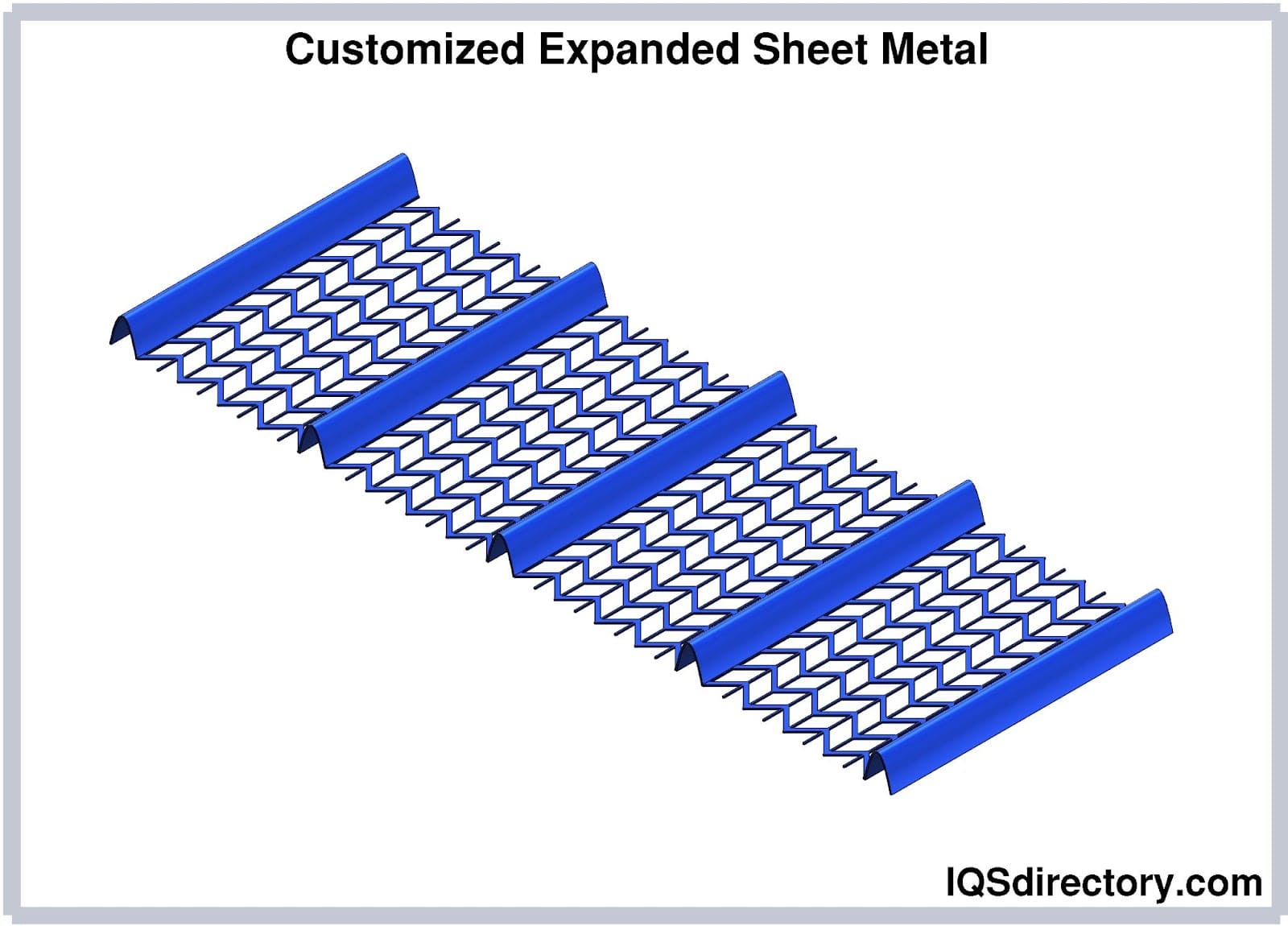
Customization involves modifications performed on the expanded metal sheet, typically based on specific customer requirements. These tasks may include:
This chapter will explore the uses and benefits of expanded metal.
Expanded metal is versatile and used in various applications, including:
Platforms designed for use at significant heights often incorporate expanded metal mesh to take advantage of its lightweight nature. Common applications include rigging in industries such as transportation, oil, telecommunications, and more.
Expanded metal can cover rotating shafts and machinery parts. It is lighter than solid guards but equally effective in safeguarding machine operators.
Expanded metal is used in structures to facilitate drainage and ventilation. It is commonly placed over drainage trenches along roadsides, walkways, factory floors, and similar areas.
Expanded metal mesh serves as protective screens for building and vehicle windows, including cash-in-transit vehicles.
Some bridges and suspended walkways use expanded metal for pedestrian areas to reduce the weight of the deck while maintaining structural integrity.
Expanded metal mesh is ideal for creating barriers where light, air, and sometimes water need to pass through. Such barriers are used in aquariums, buildings, tunnels, and other structures.
Expanded metal is used for protective fences, yard demarcation, animal cages, and other enclosures.
Expanded metal is suitable for making gabion walls, especially when finer aggregates are used, offering an alternative to welded mesh.
Expanded metal mesh can be utilized as a covering for equipment, offering a suitable solution when neither a solid sheet nor an uncovered area is appropriate.
Examples of equipment that might use expanded metal in their coverings include generators, tractor engines, earth-moving machinery engines, and both air and water pumps.
In architectural applications, expanded metal mesh is used in gardens, building openings, walls, roofs, guard rails, and demarcation walls. Fine meshes are also used in jewelry making.
Expanded metal mesh can be fashioned into trays used in agriculture, such as for harvesting and transporting green tea from fields.
Some recreational parks use expanded mesh on steep cliffs to provide thrill and entertainment.
While expanded metal has some drawbacks, such as increased surface area that can lead to corrosion and chemical damage, its benefits often outweigh these issues. Some advantages of expanded metal include:
It can be reasonably inferred that the need for expanded metal products will persist into the distant future. The combination of (relatively) light weight, high strength, and moderate cost will continue to place a distinct attractiveness on expanded metal products. The general trends of structural and industrial development also seem to agree – amongst other things, the requirement for civil structures to become increasingly taller will persist, with it the need for platforms, barriers and ornamentation.

Metal grating is a metal product produced by perforating metal sheets or joining bars of metal to form a grid. They are a metal product that is widely used in various industries as...
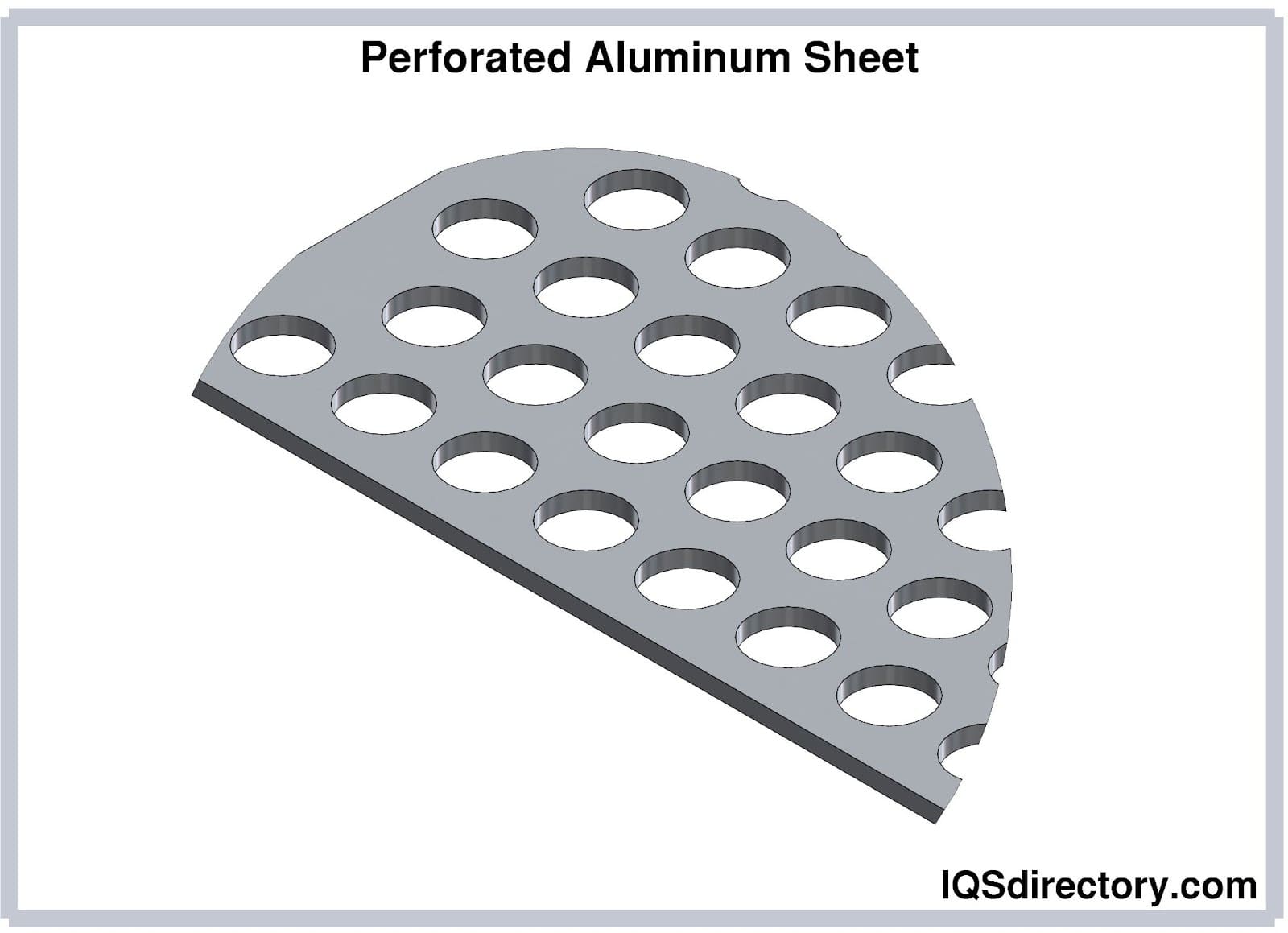
Perforated aluminum consists of an aluminum sheet which has been manually or mechanically pierced or punched using CNC (computerized numerical control) technology in order to produce shapes and patterns of various sizes...
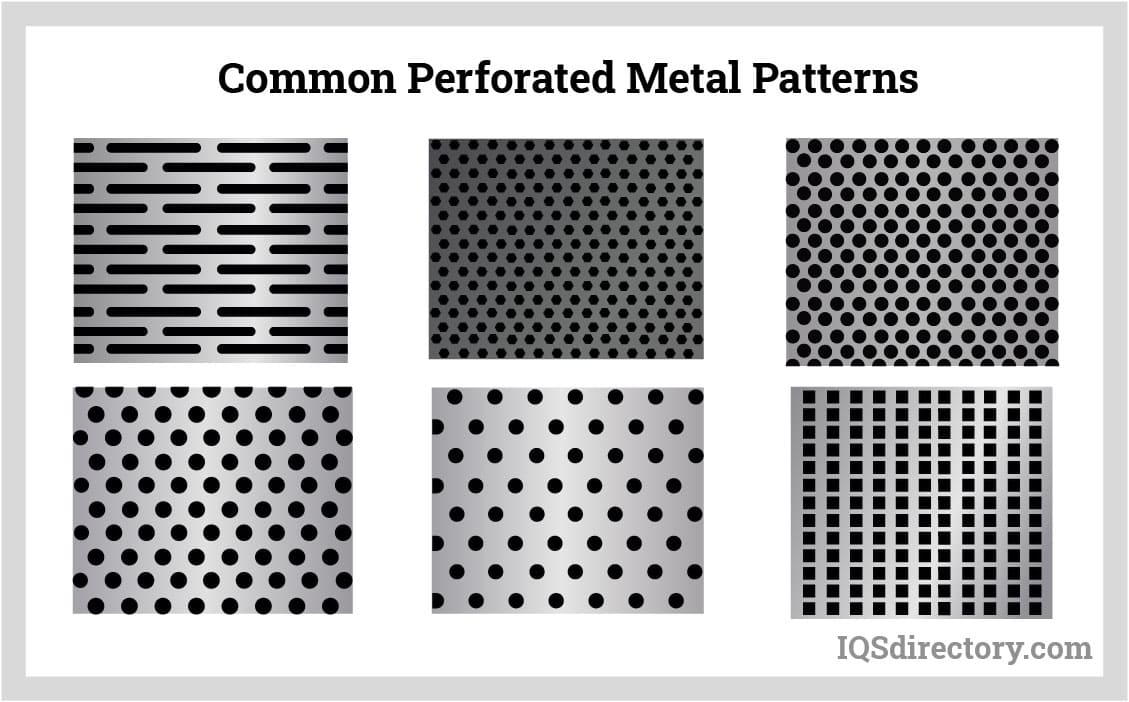
Perforated metals are sheets of metal that have had decorative shapes, and holes punched or stamped into their surface for practical or aesthetic purposes. The perforation of metal sheets takes several forms and includes a variety of geometrical patterns and designs...
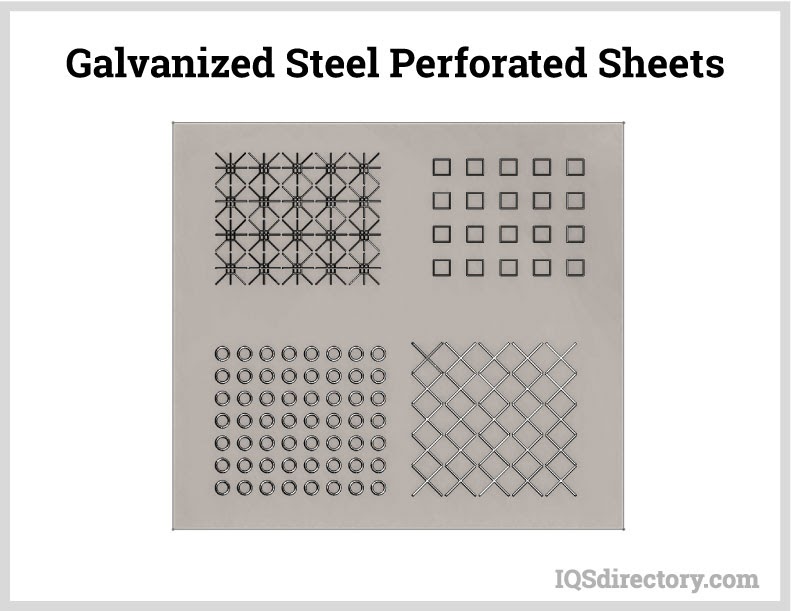
A perforated metal is a piece of sheet metal that has been stamped, fabricated, or punched to create a pattern of holes, slots, and various aesthetic shapes. A wide range of metals are used in the perforating metal process, which include steel, aluminum, stainless steel, copper, and titanium...

Perforated stainless steel is cut, punched, or stamped to produce a precise pattern of holes or apertures. It is used for functional reasons, such as filtration or ventilation, and aesthetic ones, such as architectural accents...

Perforated metals are sheets of metal that have had decorative shapes, and holes punched or stamped into their surface for practical or aesthetic purposes. The perforation of metal sheets takes several forms and includes a variety of geometrical patterns and designs...
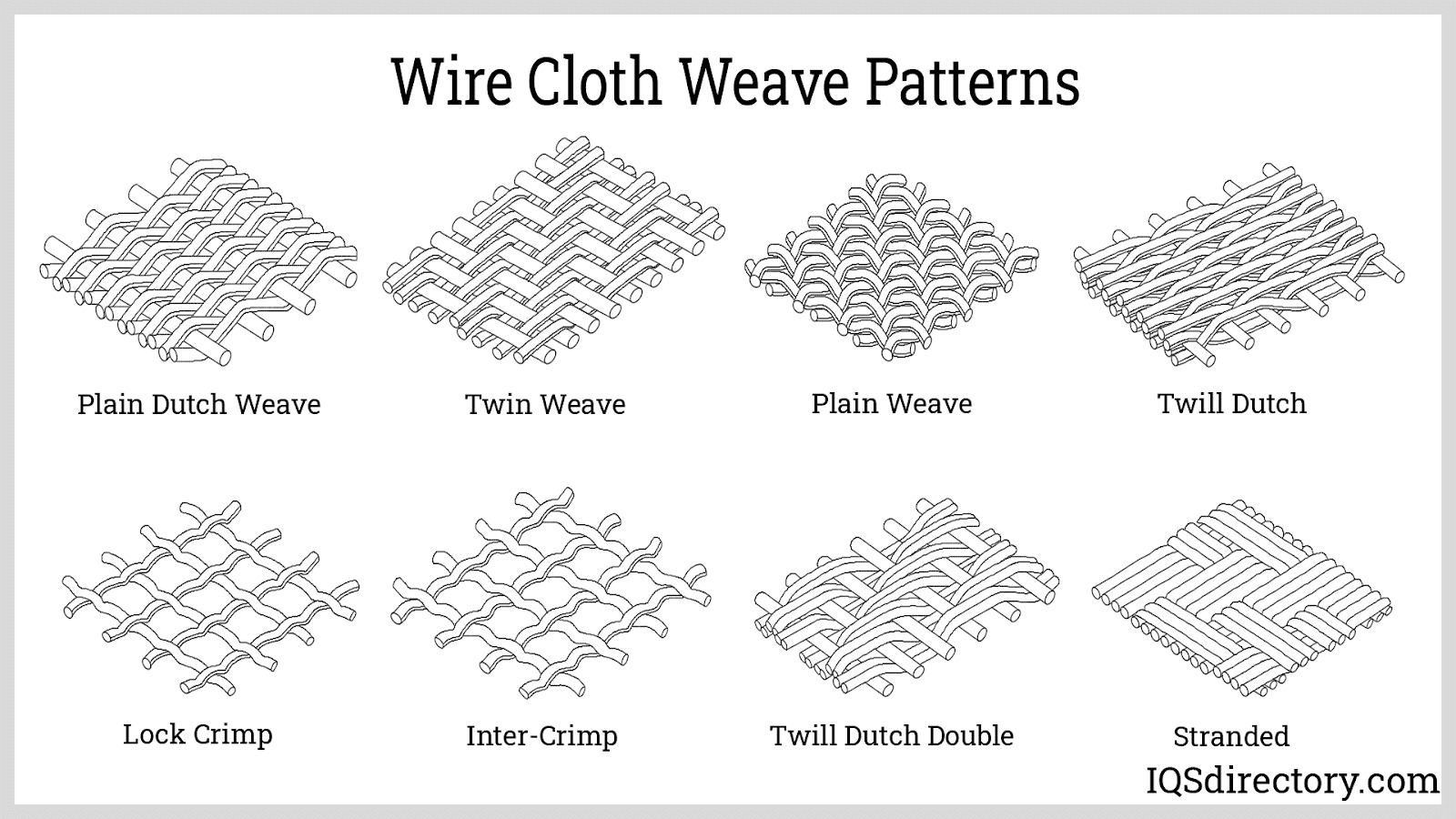
Wire cloth is a woven (or nonwoven) sheet or web material with a series of openings across the surface. Wire cloth is also known as: Metal Fabric or Metal Cloth; Wire Mesh, Metal Mesh, or Alloy Mesh...